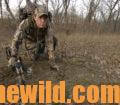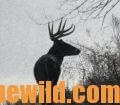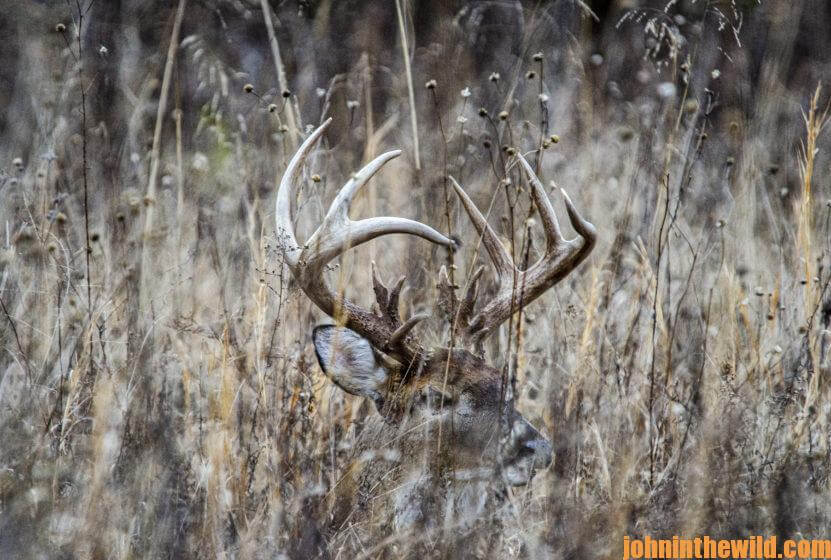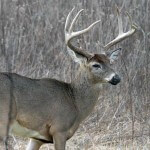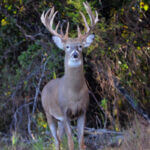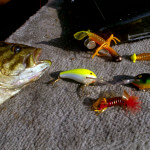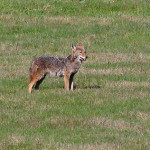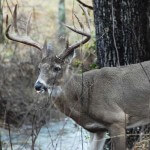Editor’s Note: Through the years in any hunting camp I’ve been in, a track expert, who can tell the size, sex and age of a deer by its tracks, always has been in residence. I’ve stalked deer before that the width of their tracks has convinced me they’re bucks. Also I’ve had hunters tell me that seeing the dew claws as part of the deer track is a definite indication that the animal that has made the track is a buck. Because so much misinformation exists about deer tracks, and what information they can communicate to those of us who hunt, I’ve talked to wildlife biologists and avid deer hunters to learn the truth about deer tracks.
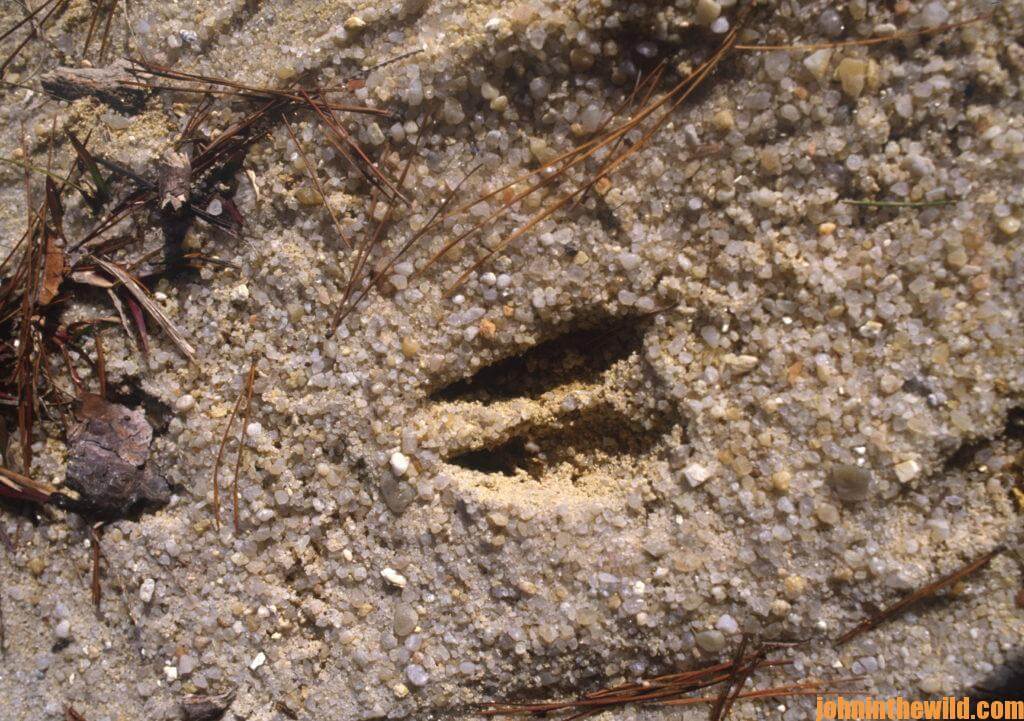
 Like you, I’ve known hunters who’ve said, “I saw the track of ole Mossy Horns down by the creek last Thursday. I’m sure that’s him, because I’ve examined his track for the last three years. He’s got a very-big track. One of these days I’m going to find him standing in it.”
Like you, I’ve known hunters who’ve said, “I saw the track of ole Mossy Horns down by the creek last Thursday. I’m sure that’s him, because I’ve examined his track for the last three years. He’s got a very-big track. One of these days I’m going to find him standing in it.”
However, retired wildlife professor Horace Gore is skeptical about a hunter’s ability to determine that one particular track has been made by the same deer year after year. “If the deer’s track is exceptionally big, you may be able to say year after year that the same deer made the track. But the deer will have to be an unusually-large deer. In Texas, deer tracks don’t mean that much in helping to denote one deer from another, because the ground is so dry and hard in most parts that rarely will a hunter be able to discriminate the track of one particular deer from another. You may have a better chance of distinguishing a specific deer’s track from another in places like Mississippi, Alabama and/or East Texas, where much of the ground is soft. Still the deer must have an unusual track – perhaps crippled in some way or a somewhat different-looking foot – to be discernible. In 30 years, I don’t believe I’ve heard anybody in Texas talk about seeing the track of a deer and recognizing it as a deer they’ve been hunting. In this state, you hear more people talk about identifying deer by their dropped antlers.”
What Are the Most-Important Things to Know about Deer Tracks?
From our experts, we’ve learned that deer tracks can be important. Longtime wildlife biologist Bob Zaiglin says that seeing the deer that made the track is far-more important than looking at a track and attempting to determine anything about the animal. The main function tracks perform is to notify you that a deer has walked through this place at some time in the past. Discovering deer tracks is no guarantee that the same deer will walk back through that region again. Generally deer tracks don’t tell you the sex or the size of the deer. Much of the information about deer tracks are old wives’ tales we’ve heard. But deer tracks are only suppositions and good conversations fodder for campfire talk.
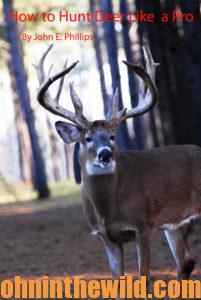 To learn more about hunting deer, check out John E. Phillips’ book, “How to Hunt Deer Like a Pro,” available in Kindle, Print and Audible versions, at (http://amzn.to/YpoQHA).
To learn more about hunting deer, check out John E. Phillips’ book, “How to Hunt Deer Like a Pro,” available in Kindle, Print and Audible versions, at (http://amzn.to/YpoQHA).

